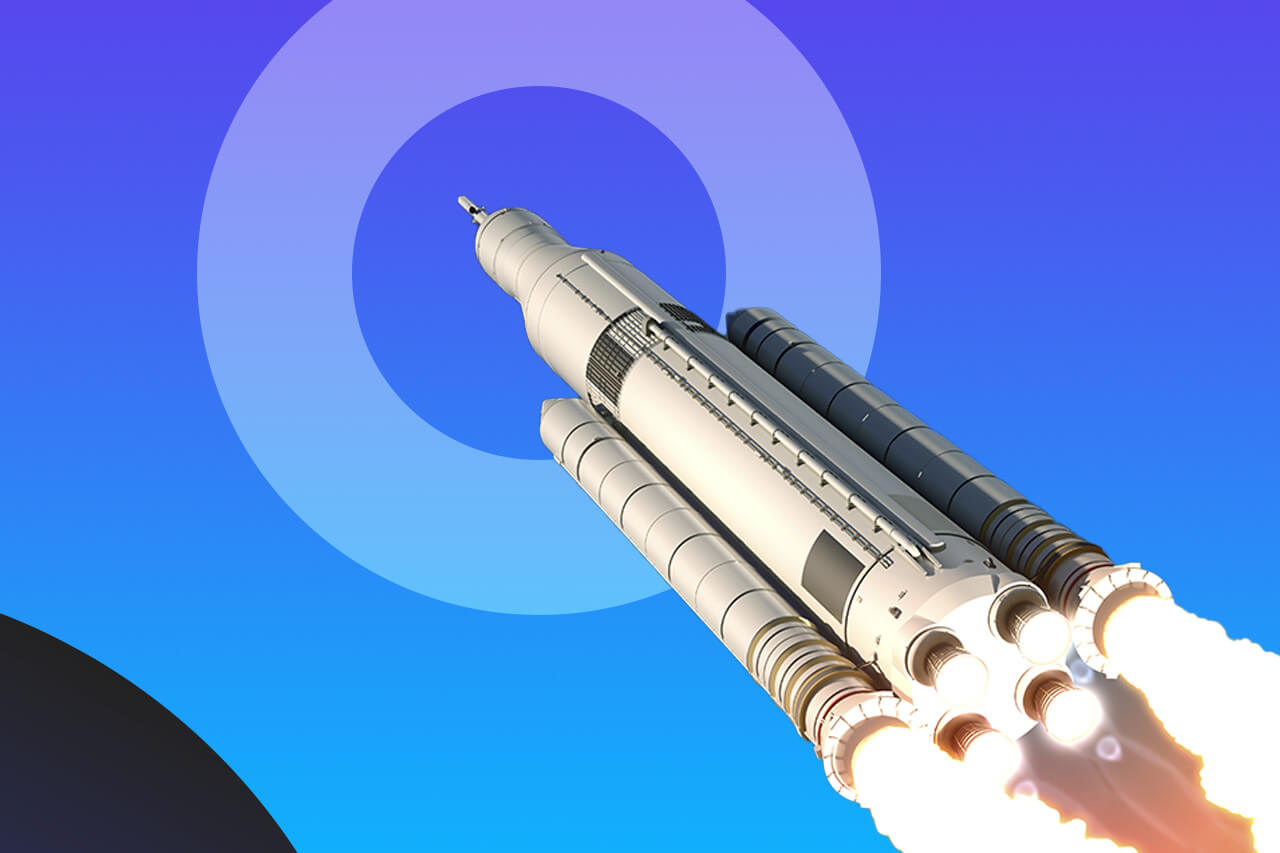
10 Reasons Why Space Exploration is Inspiring
July 19, 2016 - Emily Newton
Revolutionized is reader-supported. When you buy through links on our site, we may earn an affiliate commision. Learn more here.
Space is awesome! Its immensity makes us feel simultaneously inferior and awed. Much of what we know we’ve only learned in the past 50 years or so and the information keeps pouring in. These discoveries have help inspired further space exploration and encouraged us to expand our imaginations. Here are just 10 of the many missions that have helped contribute to our ever-growing wonder and appreciation for the universe:
1. The Moon Landing: 1969
In one of the biggest accomplishments ever made by mankind, Neil Armstrong stood on the moon on July 20th, 1969. This was the first time people moved beyond the confines of humanity and began to tread the waters of science so great, it becomes indistinguishable from magic.
Apollo 11 brought back lunar rocks and dust, which was necessary to learn. More than anything else, however, the Moon landing showed us that humans have the potential for space exploration. This has led to a whole generation of ideas, including humans terraforming Mars, using the Moon as a way-station to other planets and, of course, determining what we need to do to get humans living in space.
2. Voyager: 1977 – current
In 1977, NASA launched both Voyager 1 and Voyager 2 out into space. The mission was to study Jupiter and Saturn. Three years after the launch, the first pictures of Jupiter came back from Voyager 1.
Now, even after almost 40 years, both probes continue to send back data. They are currently exploring the heliosphere, past Pluto and beyond our solar system. This is the first time a man-made object has left our solar system. Like the Moon landing, this brings us closer to understanding space travel.
3. Challenger Disaster: 1986
Not everything goes right. On January 28th, 1986, seven people were killed when the Space Shuttle Challenger broke up 73 seconds after liftoff. It was caused by two O-rings failing, due to cold temperatures the morning of the liftoff.
Weather initially delayed the launch of Challenger’s 10th mission. Officials dismissed engineers’ warnings that some components could fail due to the cold. From this tragedy, NASA learned that there is never a problem too small.
4. Hubble Space Telescope: 1990 – current
NASA launched Hubble into orbit in 1990, and it has been taking pictures of space ever since. It’s not the first telescope in space, but it is the second largest and held the record for largest space telescope for quite some time. It made its mark by taking some of the most stunning pictures of space that the public has ever seen. Because of Hubble, people had a chance to see nebulas, galaxies and, most importantly, a glimpse of just how big our universe is.
5. Discovery of Planets: 1992-current
For a very long time, it was thought that there might not be any planets outside of our solar system. By now, that idea has been thoroughly debunked with the discovery of more than 1,000 confirmed exoplanets. Space travel hinders on the resources available.
Since then, we’ve learned that exoplanets far outnumber stars, and that there are many that exist in the Goldilocks Zone — the area within the proper distance from their sun for liquid water to exist. It’s a good place to start looking at other planets to consider what we might be able to colonize in the future.
6. The International Space Station (ISS): 2000 – current
The space station was ready for people in 2000. Since then, there’s been a constant rotation of humans living in space. It’s been amazingly informative since space agencies are learning how the human body reacts to space. Being weightless presented some issues, of course, but unexpected findings are also coming about, such as diabetes-like symptoms. This gives scientists a chance to plan and test for long-term space exploration, which is what we’ll need to do to travel to other planets.
7. New Horizons: 2006 – current
New Horizons launched in 2006 and reached completed its initial assignment, photographing & analyzing Pluto, in July 2015. It returned the most detailed images we’ve ever seen of the dwarf planet. Pluto isn’t the barren, crater-covered rock we expected. Instead, it’s an active world, with new terrains still forming — some even younger than formations found on Earth!
Plus, it also appears to have a nitrogen atmosphere. We’re still waiting for the probe to send back more data, but just the bits we’ve glimpsed have given us a new appreciation for our solar system.
8. Juno: 2011 – current
Juno is currently working on learning about Jupiter. Unlike New Horizons, Juno is focused less on sending back immediate pictures and more on analyzing the planet. Its goal is to find out about Jupiter’s composition, gravity, magnetosphere and magnetic field. All of these things are important, especially since Jupiter is the largest planet in our solar system. If we even intend to travel to other planets, Jupiter’s influence must factor into that.
9. Mars Rovers: 2012 – current
Mars Rovers, Spirit, Opportunity, and Curiosity have been teaching us since the beginning. They started their mission by proving that landing on another planet is possible — even if it’s a controlled crash-landing — which could help us build outposts on the planet later.
They also brought back the first proof of liquid water existing on a planet other than Earth, as well as elements essential to life like nitrogen and carbon. These findings give us high hopes for interplanetary space exploration and prove that Earth is not as special as we think. That’s a good thing!
10. SpaceX: 2002 – current
SpaceX, a company founded by Elon Musk, who is better known for Tesla Motors, was the first private company to launch craft into space, have it reenter the atmosphere and conduct a successful recovery. This ultimately marks the beginning of the privatization of space flight. That means more opportunity, more competition, and more innovation. Nothing works better at driving innovation than a race to the top!

Given how far we’ve come in less than 50 years, there’s no telling what’s coming next. Don’t be surprised if your grandkids are bugging you to go with them to the Moon — it could be the next big vacation spot!
Revolutionized is reader-supported. When you buy through links on our site, we may earn an affiliate commision. Learn more here.
Author
Emily Newton
Emily Newton is a technology and industrial journalist and the Editor in Chief of Revolutionized. She manages the sites publishing schedule, SEO optimization and content strategy. Emily enjoys writing and researching articles about how technology is changing every industry. When she isn't working, Emily enjoys playing video games or curling up with a good book.
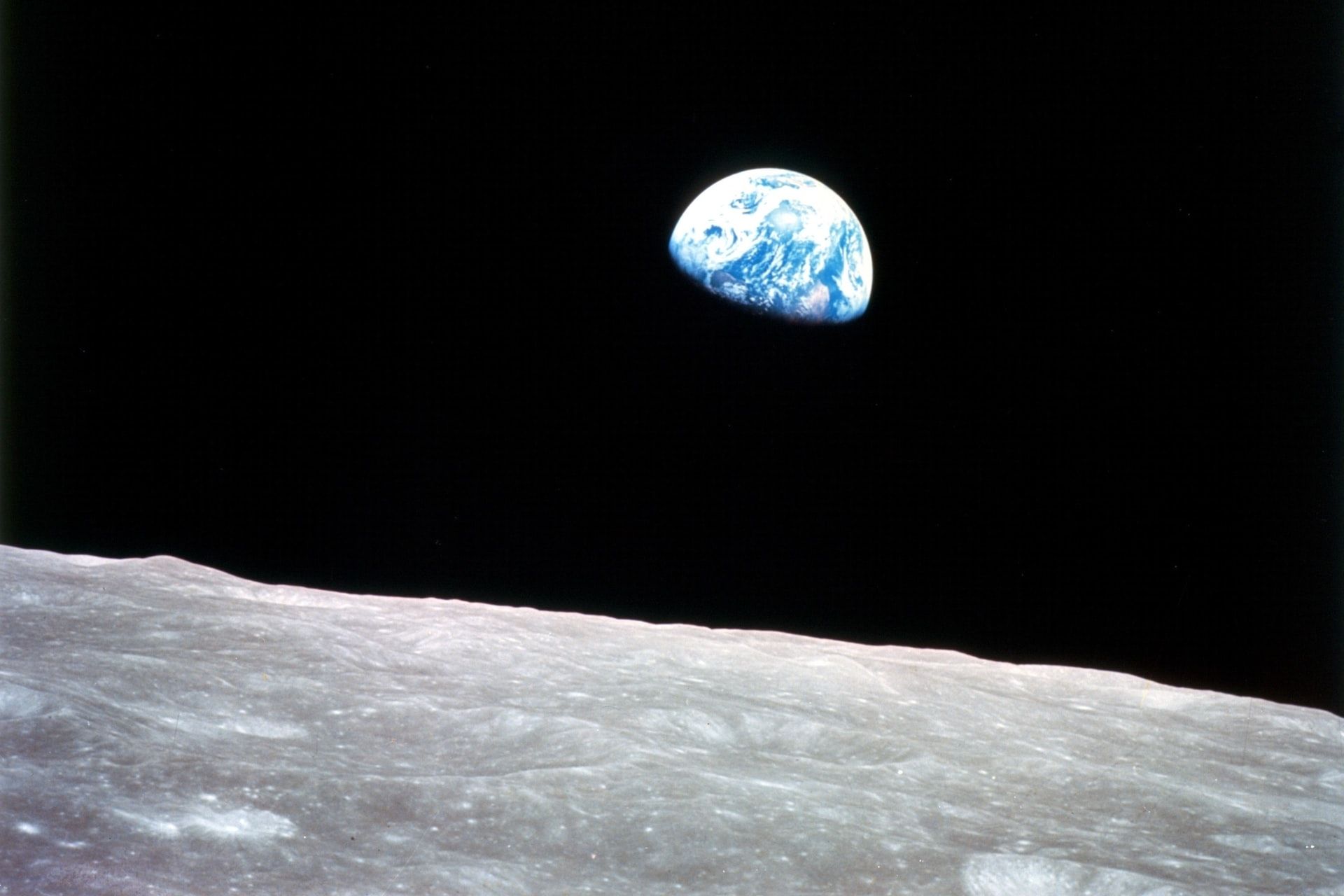

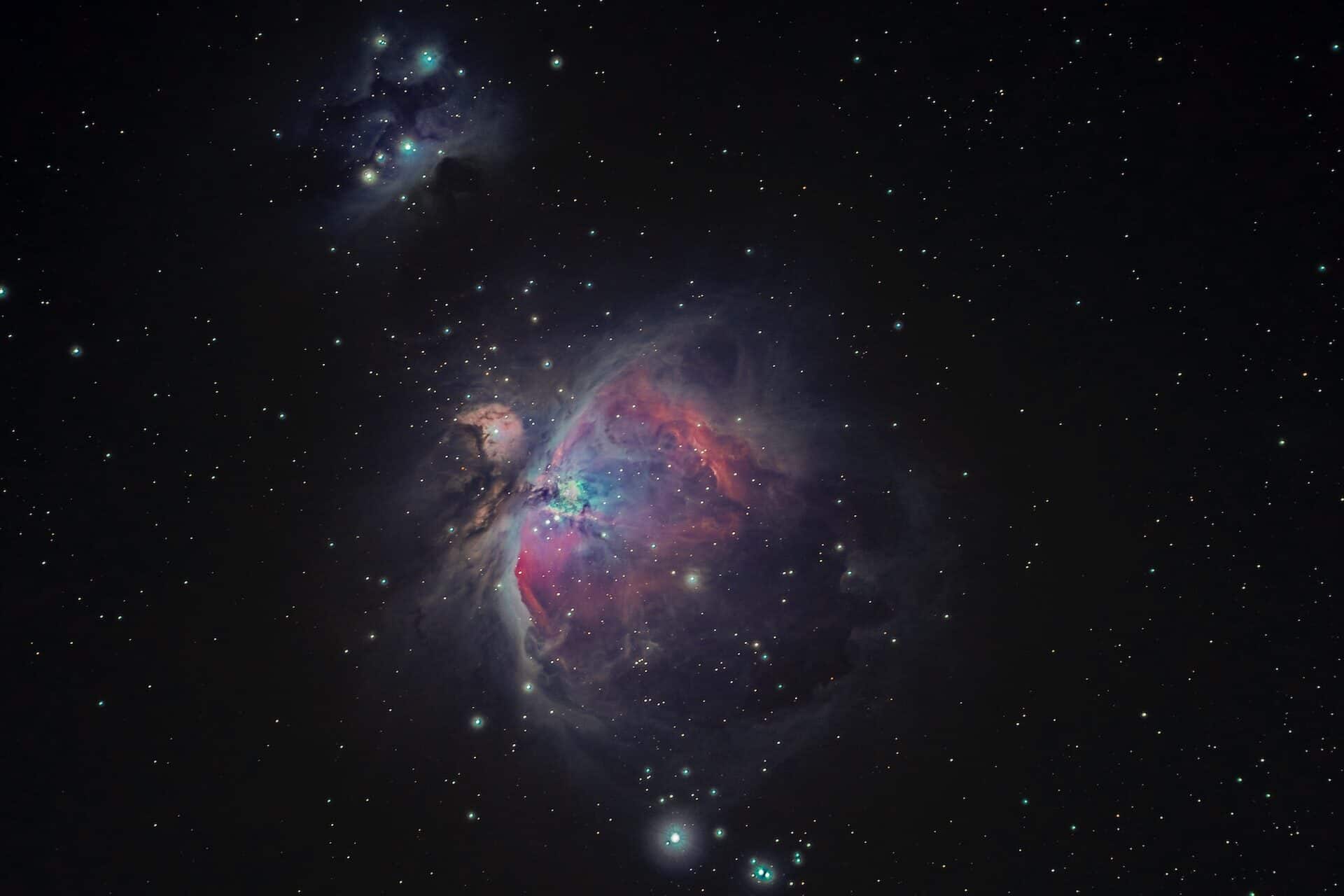
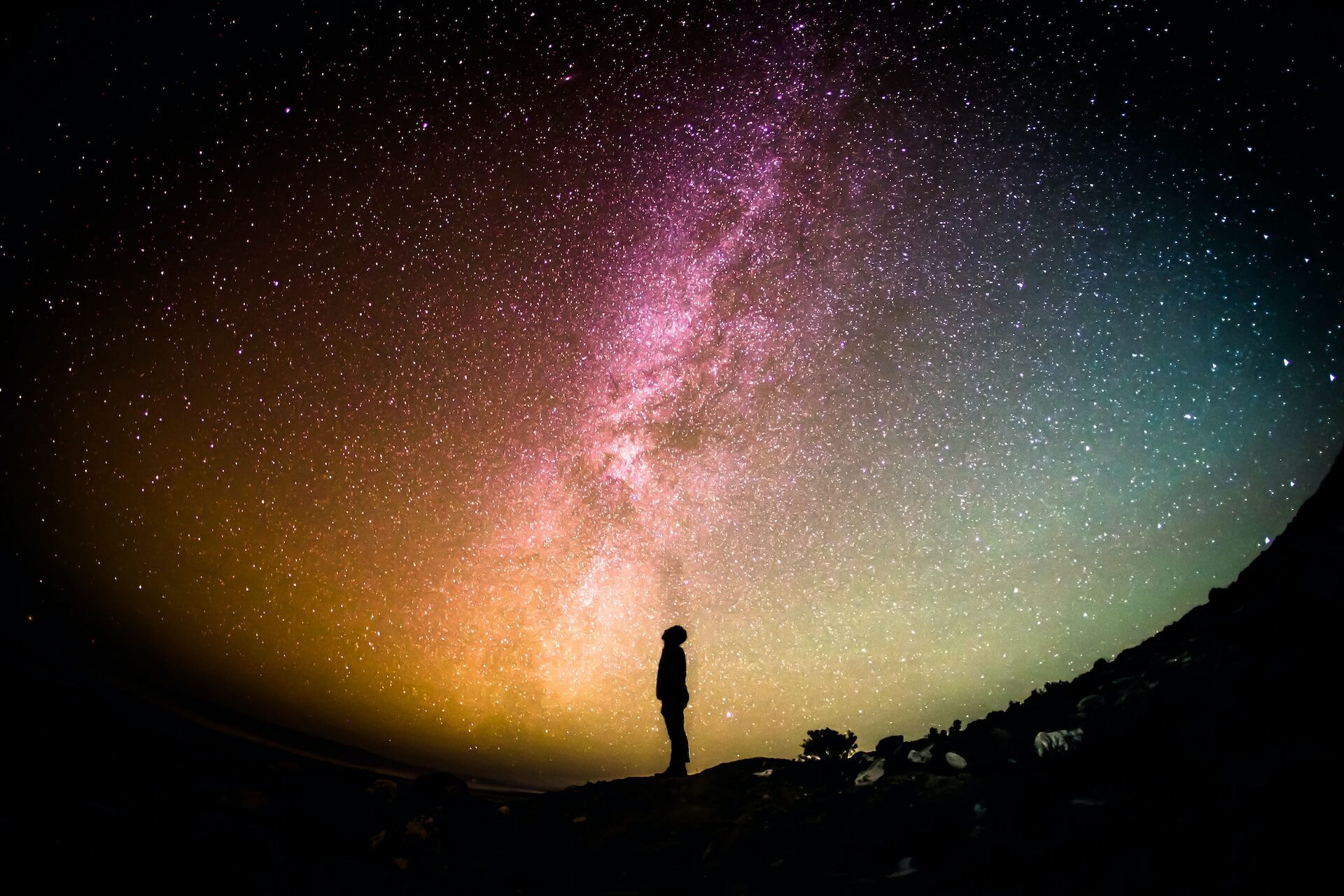
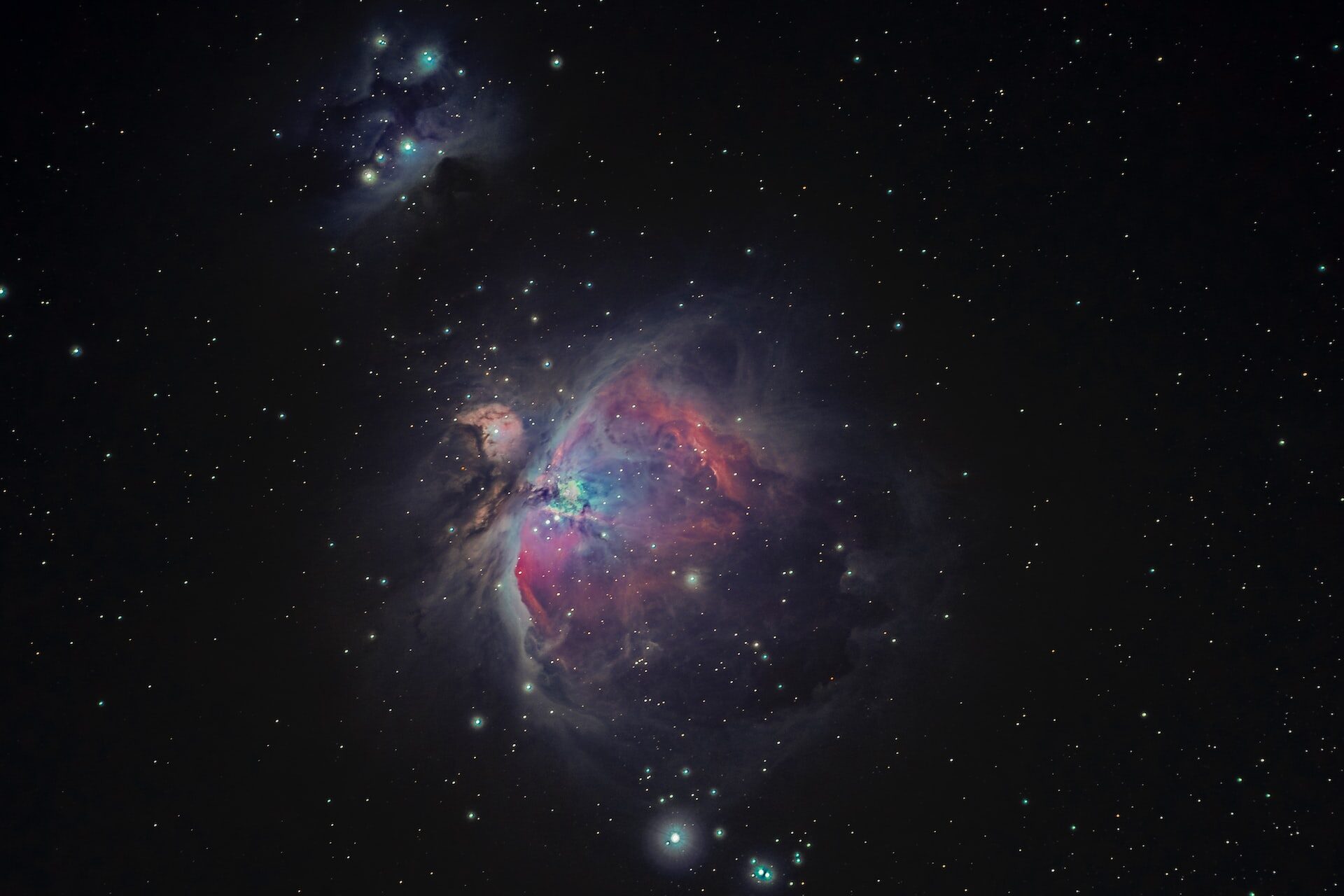
Hello Emily, Why do you find space inspiring?Maybe you could write a post about that.- Snowflake
Hi, Snowflake again. I’m a HUGE fan of space. And I mean huge. Could you do a post on neutron stars and black holes for me?- Snowflake